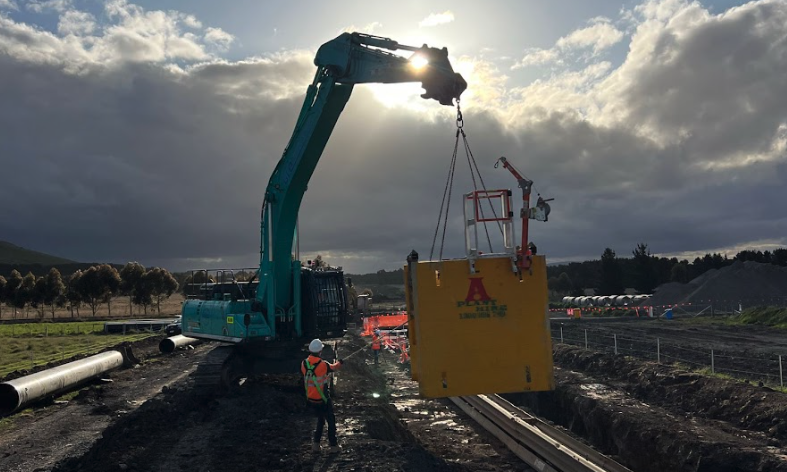
Sustainable Construction Practices, Transforming Queensland's Civil Infrastructure.
Sustainability is becoming a core priority in Queensland’s civil construction delivering cost savings, innovation, and environmental value.
The Business Case for Sustainable Infrastructure
Queensland contractors embracing sustainable practices are achieving 15–20% reductions in lifecycle operational costs. Benefits include:- 1. Lower energy consumption
- 2. Reduced maintenance
- 3. Extended asset lifespans
- 4. Preference in public/private tenders
Economic Benefits Beyond the Bottom Line
- 1. Creation of green jobs
- 2. Development of local sustainable material supply chains
- 3. Lower long-term public infrastructure maintenance
- 4. Climate disruption resilience
- 5. Improved health outcomes for communities
Key Sustainable Practices Gaining Traction
Circular Economy in Material Management
Queensland projects are implementing:
- 1. Pre-demolition audits for reusable materials
- 2. On-site crushing and recycling of concrete/asphalt
- 3. Procurement with recycled content requirements
- 4. Design for disassembly
- 5. Material passports to track usage
Note: Circular practices reduce transport and landfill impacts across Queensland’s vast geography.
Water-Sensitive Urban Design
- 1. Permeable paving systems
- 2. Bioswales and wetlands
- 3. Rainwater harvesting
- 4. Drought-tolerant landscaping
- 5. Real-time water monitoring
South East Queensland WSUD guidelines are setting the benchmark.
Technological Innovations Driving Sustainability
Digital Twins & Advanced Modeling
- 1. Virtual replicas for optimization and simulation
- 2. Reduced material waste
- 3. Predictive maintenance planning
- 4. Scenario testing for climate resilience
Material savings of up to 30% are being achieved.
Low-Carbon Concrete Alternatives
- 1. Geopolymer concrete from fly ash
- 2. High-blend cementitious materials
- 3. Carbon-cured and recycled aggregate concrete
- 4. Timber-composite elements for select uses
Helps reduce carbon footprint of major projects dramatically.
Regulatory Landscape & Future Directions
- 1. Queensland Climate Action Plan mandates emissions targets
- 2. Procurement policies include sustainability criteria
- 3. Local planning encourages green infrastructure with fast-tracking
- 4. Infrastructure Sustainability Council (ISC) ratings are now common
- 5. Carbon reporting is required for public projects
Looking Ahead: Carbon neutrality could be required for large-scale infrastructure by 2030.
Challenges and Opportunities
Challenges:
- 1. Skills shortages in sustainable techniques
- 2. Higher upfront costs for some technologies
- 3. Supply chain constraints
- 4. Balancing speed and sustainability
- 5. Proving long-term value
Opportunities:
- 1. Competitive advantage for early adopters
- 2. Innovation in construction methods
- 3. Long-term cost savings
- 4. Industry leadership positioning
Conclusion: Building Queensland’s Sustainable Future
Queensland’s civil construction industry is transitioning toward sustainability through technology, regulation, and leadership. From Olympic facilities to transport corridors, sustainable practices are critical to delivering resilient, future-ready infrastructure.
Thanks for reading!